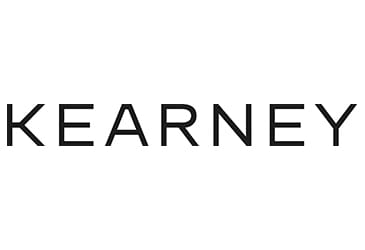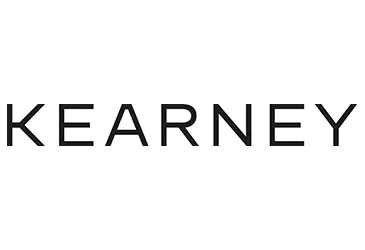Table of Contents
CHICAGO — While most companies feel pressure to use “innovation” as a way to satisfy both their customers and their

stakeholders, there’s inconsistent messaging around what that innovation actually is. But the real question is, are consumers actually demanding innovation? A new survey by the Kearney Consumer Institute (KCI) finds that, while some consumers want new and different options, the majority don’t look for new products more than once or twice a year. In its Q2 2024 brief, New sensation: Demystifying innovation, KCI advises brands on the importance of listening to their customers and to temper the pace of innovation to match consumer expectations.
“We set out to try to capture the dual purpose innovation has for both consumers and brands. Our survey found that across most categories, 62 percent of consumers feel there are already enough new and different products on the shelves—in fact, an additional quarter of the respondents said there are too many,” noted KCI lead Katie Thomas. “This would suggest that brands can ease up on the drive to put out innovative products and instead, assess where innovation can bring real value. But often brands feel pressure to innovate on multiple business fronts—for example, competitive pressures and challenger brands, investors, merchandising calendars, and holding shelf space—leaving more than half of consumers feeling that innovation is done to benefit the company, not them.”
The KCI report advises that innovations should address customers’ needs, as has been seen with new food flavors—perhaps the most understandable innovation for consumers. For example, more than half (58 percent) of respondents to the survey said they look for new products solely in the food category four or more times a year.
Other findings in the KCI Q2 2024 brief include ways companies can reorient their innovation strategy to connect consumer needs with their business objectives, including:
- Figuring out what type of innovation consumers really want
- Dialoguing with top customers and being ready to act on negative feedback
- Determining the right speed to market
- Deciding how innovation should be delivered
- Understanding that while consumers want specialized products, it’s not always worth it
- Determining which questions to ask to deepen and expand the consumer feedback loop
“Brands need to understand that they can’t be everything to everybody,” said Katie Thomas. “To be successful, they should take the time to be sure that the innovation choices they make align with true needs—for example, as in the case of new reusable feminine hygiene products on the market. But consumers are tighter with their wallets right now and, with the exception of trying out new foods or flavors at the grocery store, they aren’t experimenting as much. To innovate correctly, brands will have to bring together their business objectives and consumer priorities.”









